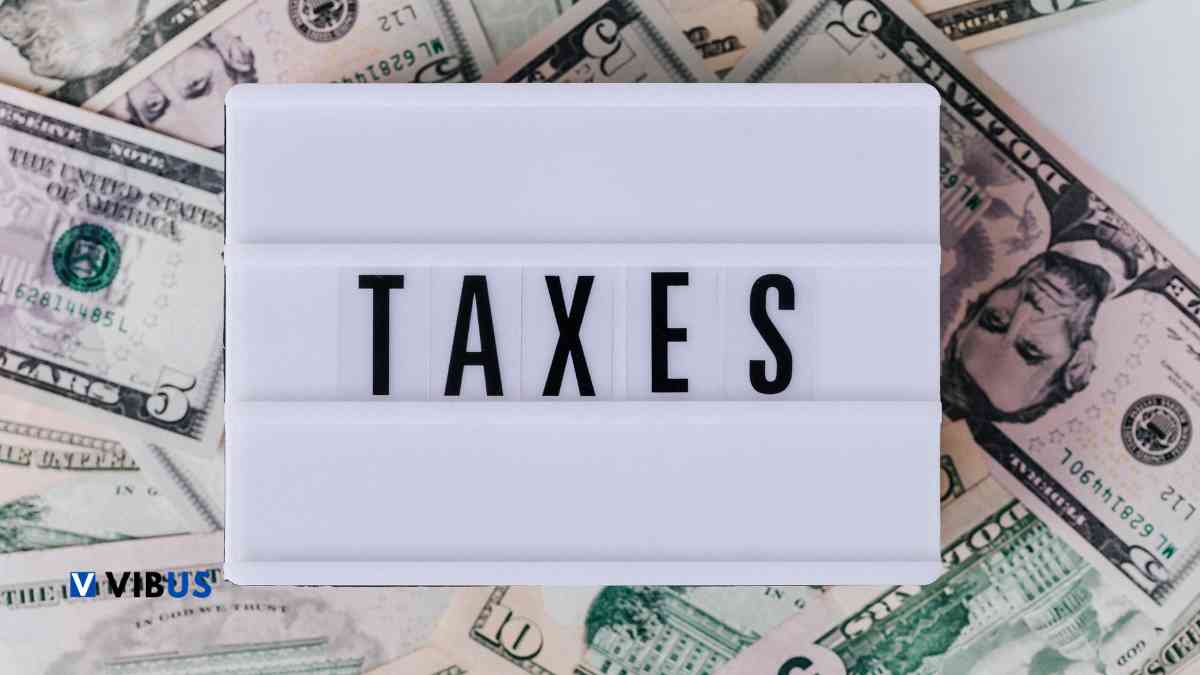This fall, over 700,000 residents in Washington state will benefit from $150 million in energy tax rebates. The state plans to distribute these funds, sourced from the Climate Commitment Act (CCA), to help families manage rising energy costs and encourage energy-efficient practices in their homes.
Starting in September, approximately 750,000 individuals or families will each receive a $200 rebate. This rebate is funded by revenue generated through the CCA, a law aimed at reducing carbon emissions and combating climate change.
Distribution of the Tax Rebates
However, two months after these funds are distributed, a statewide vote will take place to determine the future of the CCA. This vote could potentially result in the discontinuation of these rebates in the coming years.
Some public utility districts, such as the one in Snohomish County, have already begun accepting online rebate applications. In Snohomish County, $13.7 million has been allocated for residents to claim a $200 rebate each. To qualify for this rebate, certain criteria must be met.
Requirements for Receiving the Rebate
For the Snohomish County Public Utility District, priority will be given to customers whose income is at or below 80 percent of the area median income. However, those with incomes at or below 150 percent of the area median income can also apply for the rebate. This approach is designed to ensure that the funds reach those who need them most, helping to alleviate the financial burden of rising energy costs.
The CCA, which established a cap-and-invest program, has led to a 50-cent-per-gallon increase in gas prices and has restricted future trading of carbon tax credits. This law may be repealed in the fall if voters decide to support Initiative 2117.
Proponents of the initiative argue that the CCA raises the cost of living in Washington without significantly reducing carbon emissions. On the other hand, opponents contend that the CCA has been essential in cutting carbon emissions and fostering a shift toward cleaner energy sources. The law aims to reduce greenhouse gas emissions in the state by 95 percent by 2050.
Allocation of Energy Rebates
The distribution of these energy rebates highlights the need for more effective and sustainable measures to address energy costs and carbon emissions. While the CCA program has sparked debate and differing opinions, its primary goal remains the reduction of greenhouse gas emissions and the promotion of more sustainable energy practices.
As the vote on the CCA’s future approaches, it is crucial for Washington residents to weigh the benefits and limitations of this legislation. Transitioning to cleaner energy sources and reducing carbon emissions are vital objectives in the fight against climate change, but these goals must be balanced with measures that do not excessively increase the cost of living for citizens.
The Role of Government and Citizen Participation
Washington’s government must continue to explore and adopt solutions that benefit both the environment and its residents. Citizen participation in the vote on Initiative 2117 will be a decisive factor in the direction the state takes regarding energy and climate policy.
Regardless of the vote’s outcome, maintaining dialogue and collaboration among the government, energy companies, and citizens is essential for developing and implementing policies that are fair, effective, and sustainable in the long term. This collaboration is key to ensuring a cleaner and more affordable energy future for all Washington residents.
In conclusion, this fall’s energy rebates offer an immediate measure to ease energy costs for many families. However, they also emphasize the need for stronger and more sustainable planning and policies in the energy and climate sectors.




